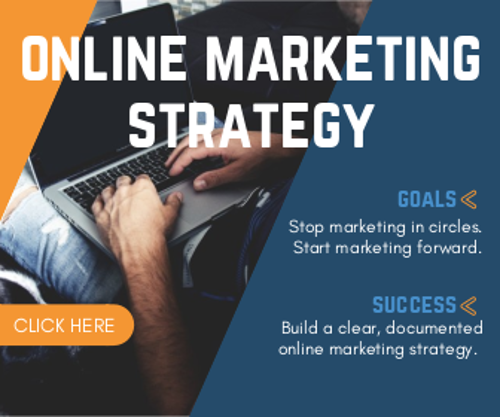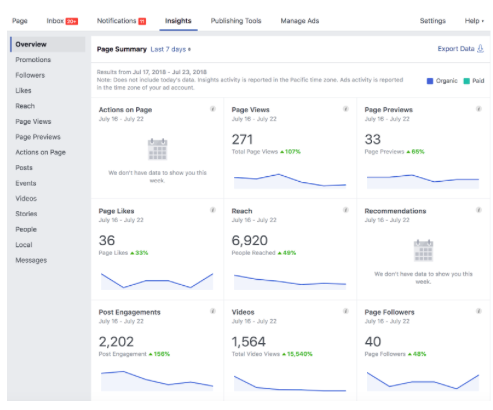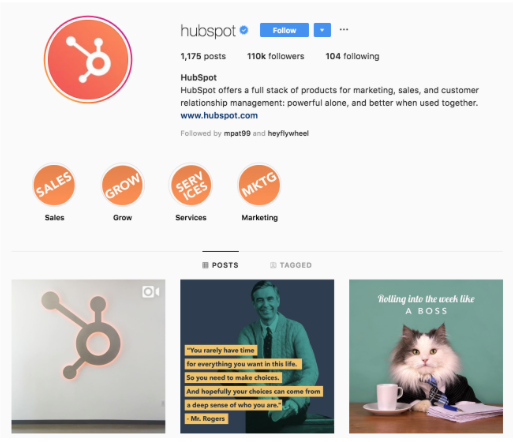When was the last time you heard about a B2B brand’s great new social media campaign?
You probably answered “never”, and that’s a pretty typical response from marketing professionals and social media users alike.
While it's true that B2C brands get most of the attention when it comes to social media, B2Bs are starting to take note and improve their social game. In fact, a strong social media presence and strategy are crucial for B2Bs. That’s because more than half of B2B buyers turn to social media to research vendors and solutions.
Surpassing traditional consumers, B2B buyers are 26% more likely to use Twitter and are 28% more likely to follow a business on Twitter. Additionally, 49% of B2B buyers research vendors by looking at their LinkedIn profiles.
So, what does this mean for your B2B company?
It’s time to get serious about social media marketing. And, with a solid strategy, any B2B company can generate leads and achieve tangible business results using social media.
The stats above demonstrate that B2Bs are still selling to people - not faceless corporations. You could even think of B2B marketing as “people to people” marketing instead of “business to business”. B2B buyers are feeling an emotion or pain, and they are looking for an answer or solution to improve their situations. The companies that provide those answers are typically the most successful.
Here are more reasons why B2Bs need to get serious about social media and how to create an awesome social media marketing strategy.
Why is a Social Media Marketing Strategy Important?
Brand Recognition
Keep your brand fresh in your audience’s mind by engaging with them regularly on social media. Regularly commenting, liking, and sharing your content can go a long way toward boosting brand recognition. Posting interesting industry content (such as the latest trends and news) can establish trust and authority.
Lead Generation
Your social media pages should act like an extension of your website. A strong social strategy will recognize this potential and include ways to capture leads. For example, you might share links to gated content, run social media ads for your landing pages, or create live FAQ videos to collect your audience’s contact information.
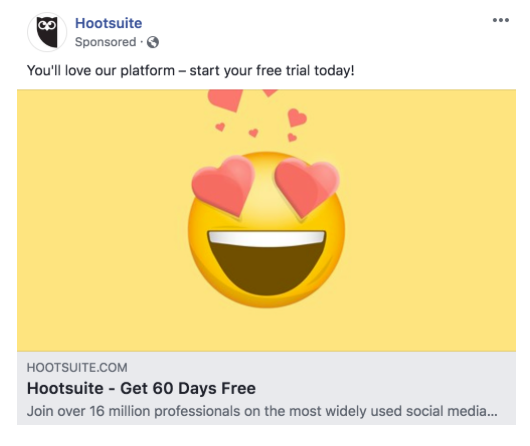
Save Valuable Time and Resources
Many B2B marketers spend at least an hour on social media each day. While creating a strategy can take days or even weeks, you’ll actually have more time daily and weekly to focus on other business tasks once your strategy is in place.
This time-saving ability is why most strategies include creating a social media calendar each month. Many social media pros also use a scheduler like Buffer, Hootsuite, or HubSpot Social.

Improve SEO
There’s some evidence to suggest a correlation between social activity and rankings, but Google has traditionally denied this. In either case, social activity tends to build more links, which, in turn, could improve search rankings.
We do know that social profiles are ranked in search engines. Additionally, many people use social channels as a search engine. So, always optimize your social posts for search, and include hashtags on the appropriate platforms.
Social Insights and Analytics
Most major social media platforms collect comprehensive data on your followers and those interacting with your brand. Results typically include demographics, employment data, interests, and more. It may seem like a “creepy” way to get to you know your buyers, but it is effective and useful for your social media marketing strategy as well as other aspects of marketing, such as content production.
Build Your Company Culture
A strong company culture is what helps companies retain and attract top talent. In fact, 59% of employees say a company’s social media presence was part of the reason they chose a workplace.
B2B buyers also like to know that you have a strong company culture. Sharing the fun moments and important milestones on social media can go a long way toward impressing them.
Steps to Creating A Killer B2B Social Media Marketing Strategy
1. Set SMART Goals
Before you dive in to the nitty-gritty of your strategy, always set social media goals. Without goals, you won’t be able to measure success or your ROI from social media.
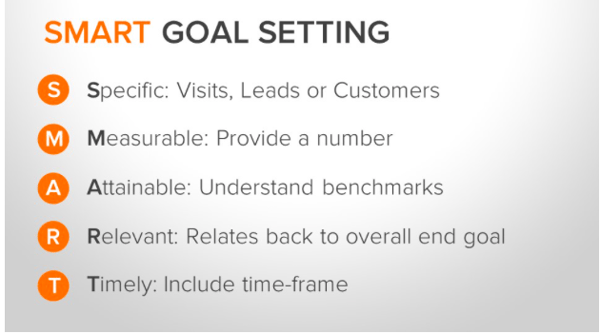
What does that look like? Here are a couple examples that are specific, measurable, attainable, relevant, and timely:
- “Increase Twitter followers from 200 to 750 in three months.”
- “Collect 10 leads as a result of lead-generation social media posts this month.”
2. Research Your Audience, Competitors, and Influencers
In order to stay on top, doing research is a must. Learning what makes your ideal buyers tick, what your competitors are doing, and who your ideal influencers are can guide you toward creating tailored social media posts that will help you achieve your SMART goals from point #1 above.
Audience
If your brand is already on social media, make use of your current analytics. This will give you a ton of valuable information about your prospective buyers and how they interact with your brand on each channel. Use these insights to refine your strategy. create target audiences for your paid social ads, and deliver content your audience wants.
Facebook Insights:
Gather valuable data from your company page using the Insights tab. From here, view the “Posts” section to see when your fans are online, the success of different posts types, and which of your posts received the highest engagement and reach. The “People” section provides demographics of your fans and people your posts have reached.
Twitter Analytics:
Within Twitter Analytics, head to the “Tweets” tab, where you can view your brand’s top tweets in terms of impressions and engagement. Under the “Audiences” tab, you’ll find demographics like gender, occupation, and interests.
LinkedIn Analytics:
To view data about your visitors, updates, and followers, head to your company page analytics. See your top posts by engagement rate and view the demographic data for your visitors and followers - including job function, company size, and industry.
Competitors
What works for your competitors might also work for you. Take note of the content they post, when they post, and on which channels. You can even draw inspiration from the competition when looking for content ideas. Here are a few ways to find your competitors:
Facebook Insights:
Company pages can monitor their competitors’ pages and posts at the bottom of the “Overview” tab in Facebook Insights. Facebook can recommend competitors or you can enter your competitors manually. To view the top posts from your competitors, go to the “Posts” tab and navigate to “Top Posts from Pages You Watch.”
LinkedIn Analytics:
LinkedIn also has a “Companies to Track” function under the “Followers” tab, which allows you to monitor your competitor’s followers, updates, and social engagement.
Google Search:
Discover competitors by using the keywords that your buyers would use to find your business or services. Once you’ve found your competitors’ websites, look for their social media links (typically in the footer of the page).
You can also use paid tools to discover your brand’s competitors. Platforms like SpyFu, BuzzSumo, Ahrefs, and Sprout Social do most of the hard work for you.
Influencers
Make a list of your industry’s top influencers. Are there any publications dedicated to your field? Outspoken critics? Popular bloggers or social media commentators? Influencer marketing may not sound like a common B2B practice, but it can help brands create a breakthrough in social media and attract a larger audience. Here are a few ways to find influencers:
Search in Social Media:
Use targeted keywords to easily discover influencers on each of your channels. For example, to find influencers in the SaaS industry, perform a search using keywords like “SaaS blogger” or “tech blogger.” You can also run a similar Google search.
BuzzSumo: Within the BuzzSumo platform, you can run a search for the key influencers in your industry. Then, filter those influencers by reach, authority, influence, and engagement. You can even follow, interact, and reach out to influencers within the platform.
Klear: Find social influencers using Klear’s sophisticated influencer search engine. The user-friendly CRM system then allows you to build, manage, monitor, and analyze the success of your influencer campaigns.
Don’t be shy about reaching out to influencers. Start out slow by interacting with their posts and complimenting their content in a comment or message. Most importantly, be genuine and don’t sound like a sales robot!
After setting the groundwork, try reaching out to influencers to inquire about guest posting, sponsored posts, or providing a review. In return, offer to link to their site in your upcoming blog posts or share their social media posts.
The information you gather about your audience, competitors, and influencers should provide valuable insights on what channels to focus on, the types of content to produce, and how to differentiate your brand from the pack.
3. Conduct a Social Media Audit
The insights from a social media audit will help to shape your strategy and determine the most effective tactics and channels for your brand.
Here are the most common steps to perform during a social media audit:
- Identify all of your current social media accounts. Claim, verify, or report unofficial accounts as needed.
- Review and fill out any missing or inaccurate profile information, and make sure each profile is optimized.
- Evaluate the performance of each channel. Collect metrics like: number of followers, link clicks, reach, and traffic. All of the top social media/analytics platforms will provide the information you need.
- Gather audience data and demographics, including job function, industry, location, age, and gender.
- Evaluate the content you’ve published to social media. This includes curated and owned content, like blog posts and videos you’ve created. Note the common themes, categories, and formats, and make a list of the top posts by engagement.
- Identify your strengths and weakness for each channel. What types of content, formats, and sources have garnered the highest engagement rates?
- Review if you fell short or surpassed last year’s goals (if applicable).
4. Choose the Right Social Channels
Don’t dedicate your precious time and resources into growing followers on a channel, only to find out that it’s not delivering what you really want: leads, traffic, and brand recognition.
So, how do you find the the right channels for your business?
- Look to the competition. How many followers per channel do they have? Do they see engagement (likes, comments, shares)?
- Make sense of your goals. Certain channels tend to produce different results. For example, LinkedIn is great for B2Bs looking to generate leads. Twitter and Facebook may not be as fruitful, but can boost brand recognition.
- Know your audience. Find out where your buyer personas are. What are the most popular channels for your target demographic?
5. Develop a Set of Metrics
Measuring the success or failure of your social media marketing strategy can lead to valuable insights. But which social media metrics should B2Bs track and how?:
- Traffic from social
- Leads generated from social
- Post reach
- Follower growth over time
- Engagement rates
All of these metrics can be gathered from your analytics or social marketing platform.
6. Share Meaningful, Differentiable Content
How can your content stand out when your audience is looking at the same type of post day after day?
You should use 10-4-1 Rule: a ratio of published content that’s proven to generate leads and increase reach.
According to the 10-4-1 Rule, every 15-post period should include:
- 10 posts from third-party sources (content from trade journals, funny or inspirational quotes, popular blogs in your niche, etc.)
- 4 posts from your company blog
- 1 post promoting a landing page/sales campaign
It may seem contradictory, but your posts should largely direct your audience to websites that you don’t own. Doing so will help to build authority and trust among your audience. There’s nothing worse than looking at a company page that’s all sales, all the time. So, keep your sources diverse!
To increase your reach and brand recognition, try the following tips:
- Avoid oversaturating your audience’s social feeds. Start off with 2 posts per channel, per day. Here’s where a posting calendar really comes in handy, noting the best time of day to post. Find this information by viewing your analytics for each channel.
- Participate in groups. Facebook and LinkedIn have groups for nearly any industry and topic. Contribute to discussions in a meaningful way and only provide links to your content in natural, subtle ways.
Tag influencers, especially if you share their content. This improves the likelihood that the influencer will share your post with their audience (and might return the mention!)
B2B Brands Rockin’ Social Media
You don’t often see examples of B2B brands impressing on social media, so we put together a few of our favorites.
Salesforce
Social media can be used as more than a sales platform - it can also be used to highlight your brand’s values and good deeds! For example, Salesforce launched a social campaign to encourage their followers to give blood. Pretty clever, right?
Constant Contact
Constant Contact frequently uses social video to promote upcoming events, like their free webinars for nonprofits. Videos are a great way to inform your audience about new products, services, or events, and are actually viewed more often than text-only posts or images.
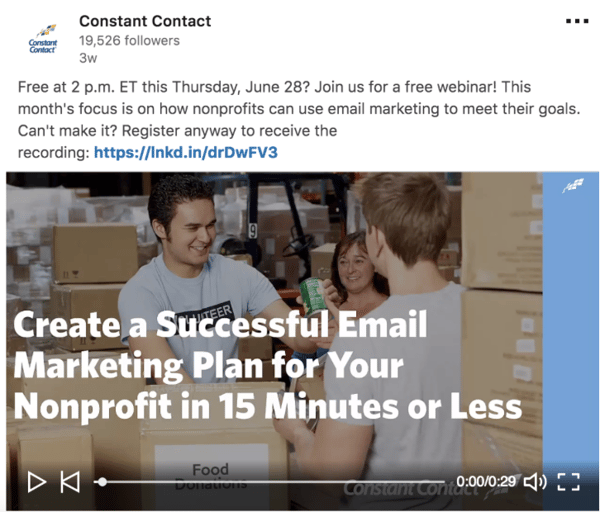
HubSpot
B2Bs often struggle to find relevant content for their Instagram page, but HubSpot is doing it brilliantly. They know their audience and create content specific to Instagram users (that being, eye-catching images). Their playful posts also show off their brand personality and relate back to their services.
SEMrush
SEMrush does a lot of cool things on social media, but one of their best moves was creating the SEMrush Twitter Chat. Chats like these are a great way to get involved in industry discussions and connect with your audience.
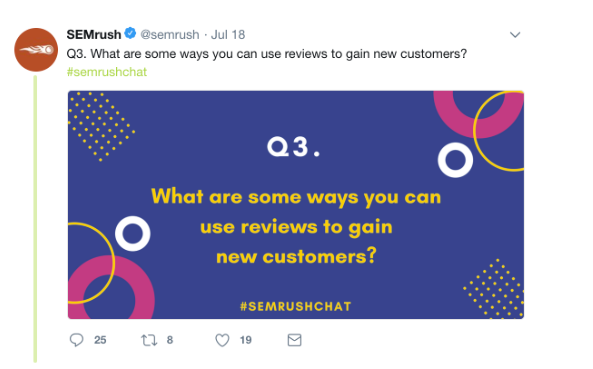
Tools to Help Get it Done
There are so many social media marketing tools out there, but some of the more popular ones include:
- HubSpot: One of the most popular marketing and sales software available. The social media tool provides analytics and easy-to-read reports, and also makes social scheduling a breeze.
- Buffer: An intuitive social media management platform to help schedule posts, analyze performance, and even create images, GIFs, and videos for social.
- Sprout Social: A social media management platform that can also be used to enhance employee advocacy.
- Hootsuite: A social media management platform used to schedule posts, analyze data, curate content, and create automated ad sequences.
Equally awesome tools include:
Bitly: URL shortener and link manager.
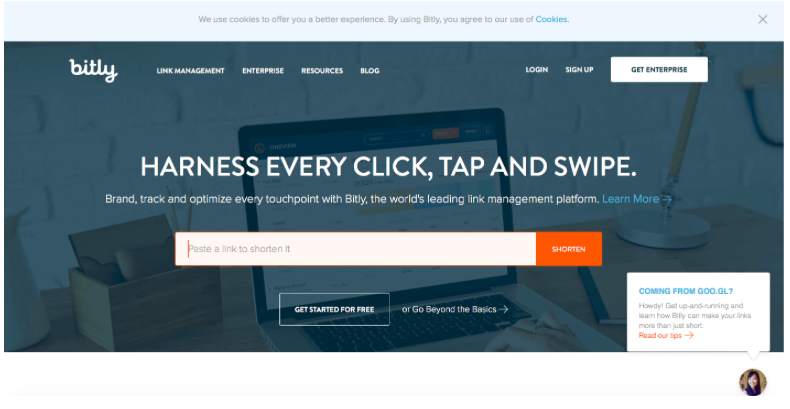
Feedly: One of the best content curation tools for any topic or industry.

Buzzsumo: Helps to identify trending content topics and social media influencers.
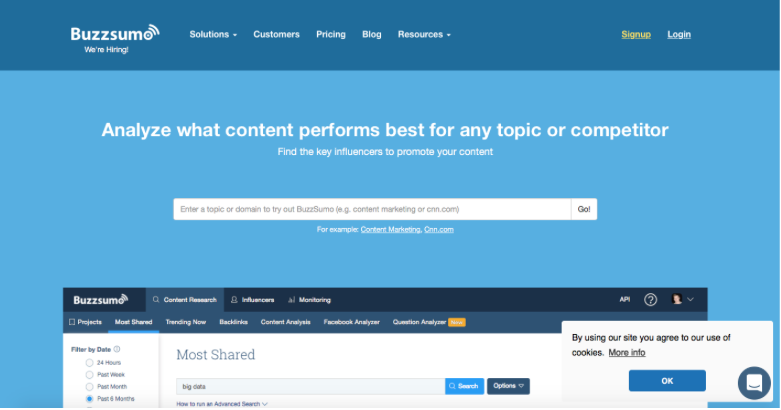
B2Bs may not always be recognized for their social media efforts, but serious results are happening on channels like Facebook, Twitter, and LinkedIn. Make the most out of your social media efforts (and save valuable time and resources) by creating your B2B brand’s social media marketing strategy.
Being successful on social media is a part of a greater online marketing strategy. Contact KeyScouts today to get your clearly documented online marketing strategy that gets results.



